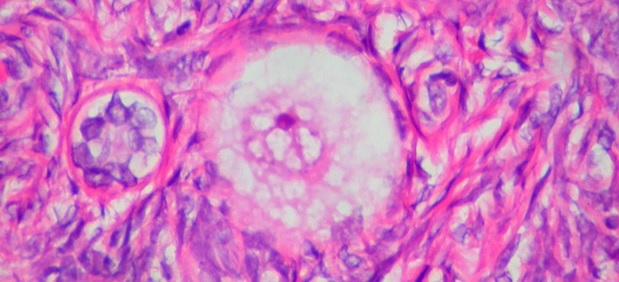13.1 Introduction to Female Reproductive

Laerning Objectives
After studying this chapter, you will be able to:
- Describe the anatomy of the female reproductive system, including accessory structures.
- Explain the role of hypothalamic and pituitary hormones in female reproductive function.
- Trace the path of a sperm cell from entry into the female reproductive tract through fertilization of an oocyte.
- Explain the events occurring in the ovary before ovulation.
- Describe the development and maturation of the sex organs and the emergence of secondary sex characteristics in females during puberty.
Introduction
Small, uncoordinated, and slick with amniotic fluid, a newborn encounters the world outside of the womb. We do not often consider the intricacies of the events that occur in the female reproductive system, which range from ovulation to the birth of a child. Moreover, we fail to appreciate the role of the endocrine system in secreting the appropriate regulating hormones to induce the production and release of unique female gametes, reproductive cells containing genetic material (one set of 23 chromosomes). Once the male gamete and female gamete are combined (via reproductive behavior or medical innovation), the zygote must undergo implantation and development. In this chapter, you will explore the female reproductive system and its role in preparing for the development of a tiny embryo into a newborn baby.
Louisiana Lagniappe
Uterine cancer is cancer affecting the body of the uterus, not the cervix (cervical cancer). Of the cases of uterine cancer, endometrial cancer represents more than 90%, making endometrial cancer the most common type of uterine cancer. Historically, one would not be concerned about uterine cancer before menopause, but things are looking a bit different in Louisiana. Cases of uterine cancer, specifically endometrial cancer, are increasing in Louisiana, particularly among young women. Endometrial cancer has been diagnosed in teens! Endometrial cancer is growing rapidly in Louisiana, especially among young women from minority and/or underserved communities. Studies have shown a link between nutrition and uterine cancer, citing both food insecurity and obesity as contributing to the severity/mortality and increase in the number of cases of uterine cancer in Louisiana, respectively. Endometrial cancer is now the primary cancer associated with obesity!
